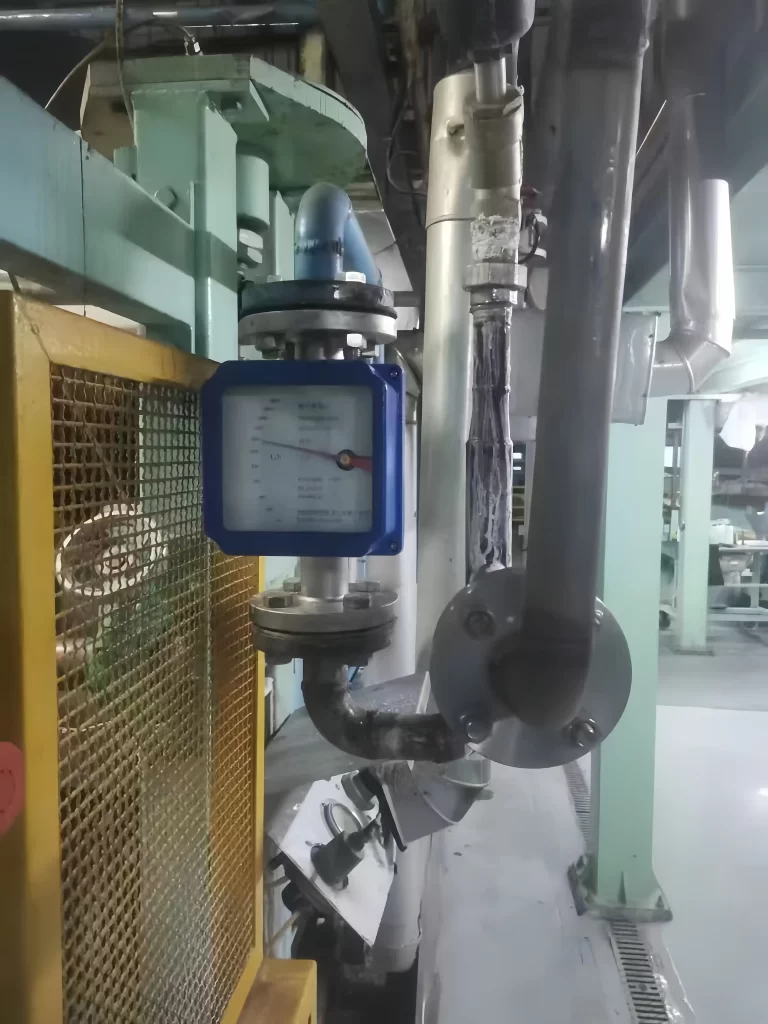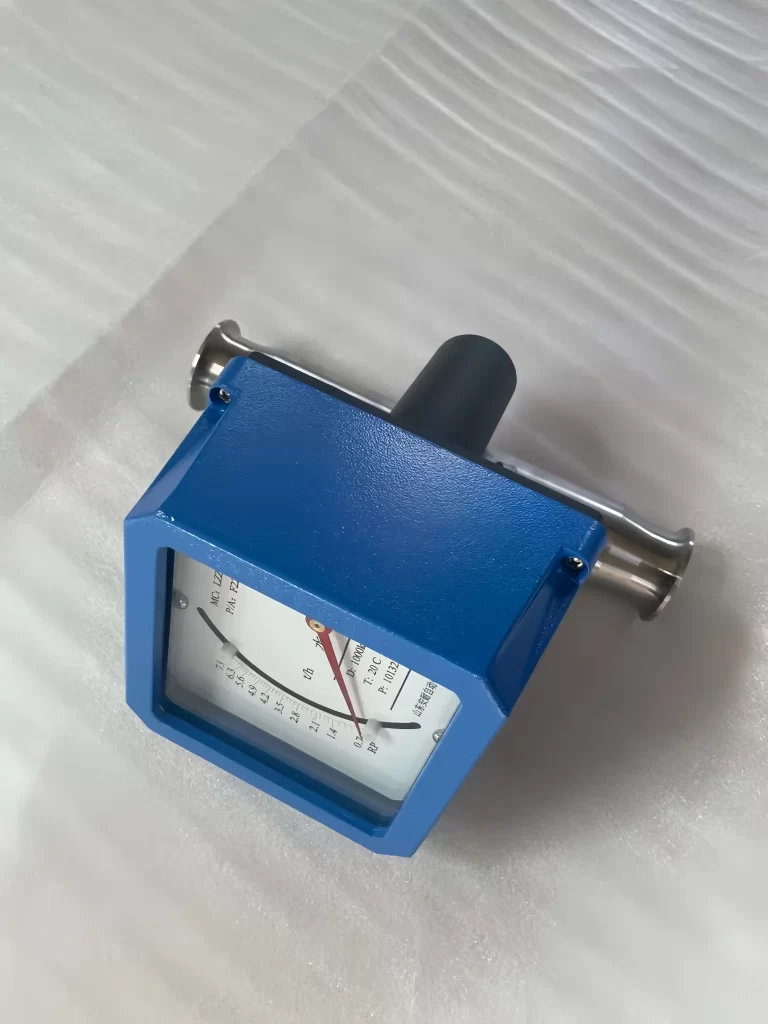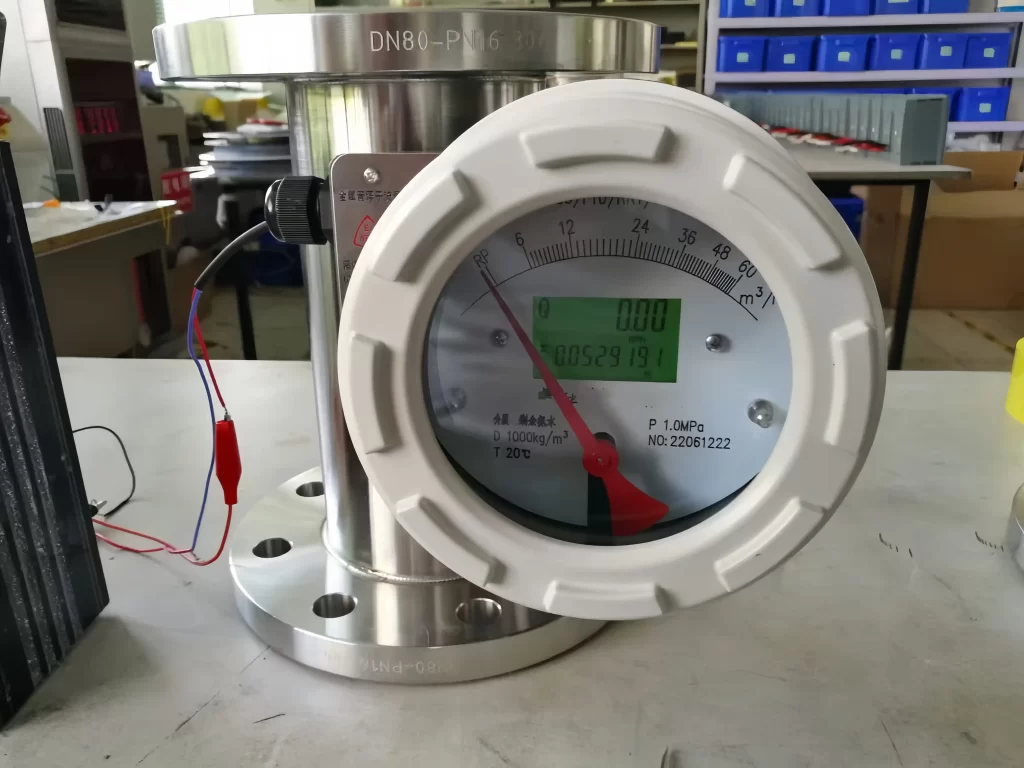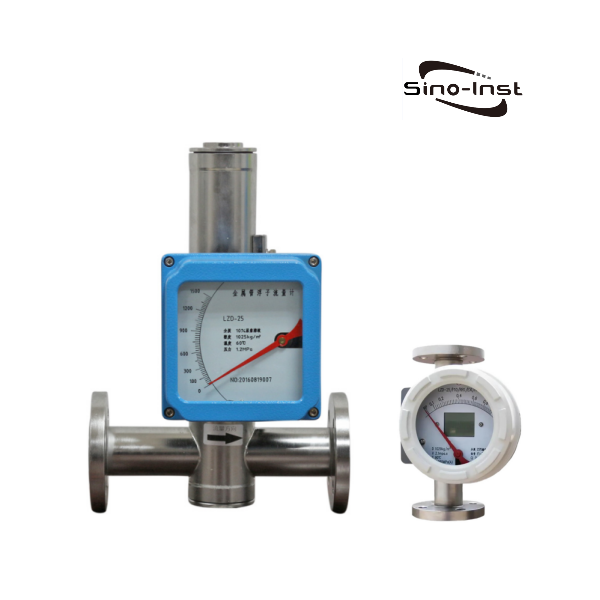
In the arena of flow measurement, metal tube rotameters hold a salient position for their durability, precision, and suitability for difficult environments.
Whether you’re in the process industry, water management, or petrochemicals, knowing these devices can heighten your flow measurement abilities.
This post dives into the workings, components, benefits, limitations, and application preface of metal tube rotameters.
What is a Metal Tube Rotameter?
A metal tube rotameter is a variable-area flow meter fashioned for measuring the flow rate of liquids and gases in industrial processes.
Unlike glass tube rotameters, which are more common for lower pressures and clear visibility, metal tube rotameters are typically used in environments where the fluid is turbid, high-pressure, or chemically reactive.
The metal construction allows for increased pressure and temperature resistance, making these rotameters appropriate for rugged applications.
They feature exceptional strength and are engineered for reliability in challenging conditions. Metal tube rotameters, known for their explosion-proof properties, offer high accuracy and dependability, making them ideal for use in harsh environments.
Working Principle of a Metal Tube Rotameter
The metal tube rotameter operates based on a ‘variable area principle’. The centre of the device consists of a tapered metal tube and a float, which is free to move up and down inside the tube. Let’s explore this in more detail:

Elements of a Metal Tube Rotameter
- Tapered Tube: The metal tube is tapered, meaning it gradually widens from bottom to top.
- This shape allows the float to stabilize at different levels based on the flow rate, as the increased area at the top fits higher flow rates.
- Float: The float is often made of a corrosion-resistant material like stainless steel. It’s carefully designed to offer stable equilibrium within the tube, moving up and down freely in response to changes in flow rate.
- Magnetic Coupling: Many metal tube rotameters use a magnetic coupling to transmit the float position to an external indicator, eliminating the need for a transparent tube.
- This magnetic coupling ensures the float’s position is accurately reflected on the indicator scale.
- Indicator Mechanism: The external scale or indicator provides the flow reading. It can be analog or digital, depending on the specific rotameter model.
Benefits of Using Metal Tube Rotameters
- Durability;
- Chemical resistance;
- Pressure and high temperature resistance;
- Reliability in opaque fluids;
- Optional explosion-proof design;
- LCD simultaneously displays instantaneous flow, cumulative flow and percentage light column;
- The remote transmission type can set upper and lower limit alarms arbitrarily, which is convenient for changing alarm points;
- Supports all standard HART protocol software and handheld operators;
- Various forms of installation methods meet different working conditions;
- One-time roll forming sensors have high accuracy and good repeatability;

Featured Applications
- Oil & Gas Industry: In oil and gas refineries, metal tube rotameters monitor the flow of crude oil, natural gas, and other hydrocarbons.Their power to handle high pressures makes them suitable for pipelines and wellheads.
- Chemical Processing: Metal tube rotameters, resistant to corrosion and capable of withstanding challenging conditions, are frequently used to monitor the flow of chemicals and process liquids.
- Waste water treatment: Metal tube rotameters are used in wastewater treatment facilities to measure the flow of water and chemicals for disinfection and pH adjustment processes.
- Pharmaceutical Industry: In controlled environments, metal tube rotameters help monitor the flow of solvents, water, and other process fluids essential to pharmaceutical production.
- Food & Beverage Industry: Metal tube rotameters that meet sanitary standards are used to measure the flow of ingredients and additives in food and beverage production lines.
Installation and Calibration of Metal Tube Rotameters
Metal tube rotameters are typically installed in a vertical position, with the flow directed from bottom to top. Horizontal installation is quite special, so be sure to specify it when ordering.
The device should be securely fastened to prevent vibration or movement that could affect accuracy.
During installation, it’s essential to isolate the process line. This ensures that any pressure or flow surges are controlled, protecting the rotameter from sudden shocks that could damage the float or tapered tube.
Calibration should be performed with a fluid similar in density and viscosity to the process fluid. Many manufacturers provide calibration services, but it’s also possible to use certified flow standards for field calibration.
For rotameters that use a magnetic coupling, the alignment between the float magnet and the indicator magnet must be carefully adjusted. Misalignment can lead to inaccurate flow readings.

What is the difference between glass tube rotameter and metal tube rotameter?
Glass tube rotor flowmeter is a common traditional flowmeter in our lives. The performance is also relatively reliable, with small pressure loss and simple structure.
So what is the difference between them?
First of all, let’s talk about pressure resistance. After all, the glass tube rotor flowmeter is a glass scale tube, which is fragile during delivery, and the working pressure during use cannot be too high. Glass rotor flowmeters have different pressure resistances according to different calibers, and the pressure resistance ranges from 0.2Mpa to 1.0Mpa according to different glass rotors. Metal rotor flowmeters can meet high pressure conditions such as 1.6MPa, 4Mpa, and 10Mpa.
Scale display. The glass tube rotor flowmeter has a transparent glass tube, so the scale lines are directly marked on the glass tube. The position of the float is the natural flow rate. The metal tube rotor flowmeter is made of stainless steel because the measuring tube is made of stainless steel. Therefore, a mechanical pointer display or digital display is configured separately.
Different applications. Glass rotor flowmeters are mainly used in chemical, petroleum, light industry, medicine, fertilizer, chemical fiber, food, dye, environmental protection and scientific research departments to measure the flow of single-phase non-pulsating (liquid or gas) fluids. Anti-corrosion glass rotor flowmeters are mainly used to detect the flow of corrosive liquids and gaseous media. For example, flow detection of strong acids, strong alkalis, oxidants, strong oxidizing acids, organic solvents and other corrosive gases or liquid media.
Metal tube rotor flowmeters are suitable for high temperature, high pressure and highly corrosive media. They can be used in flammable and explosive dangerous places. Two-wire, battery and AC power supply modes are optional.
Another point is that the glass rotor flowmeter does not have a signal output. The metal tube rotor flowmeter is different. It can have a remote signal output, 4-20mA. It can be connected to the PCL system to set the alarm function.
More Flow Measurement Solutions
- Rotameters: Excellent Choice for Flow Measurement in Various Gases
- High Accuracy Flow Meters: A Key To Precision In Flow Measurement
- Guide for High Pressure Flow Meters – Industrial Liquid & Gas Measurement
- Guide To Low Temperature Flow Meters: Accuracy In Cold Fluid Measurement
- Solution For Low Flow And Low Volume Applications: Low Flow Meter In Detail
- Turbine Water Flow Meter: A Versatile And Reliable Choice For Water Flow Measurement
- Pulse Output Flow Meters for Better Water Flow Measurement
- Ultrasonic Clamp On Flow Meter – For Easier Water Flow Measurement
- Guide On Industrial Air Flow Measurement Devices
Metal tube rotameters are an essential tool for flow measurement in industries requiring high durability and accuracy under demanding conditions.
They’re competent of handling high pressures, aggressive fluids, and wide temperature ranges, making them an ideal choice for sectors such as oil and gas, water treatment, and chemical processing.
Sino-Inst is a reliable manufacture and supplier of metal tube rotameters. Sino-Inst sells through a mature distribution network, that reaches almost 50 states and 30 countries worldwide. Flow meter products are most popular in Domestic Market, Southeast Asia, Europe, and America.
If you need to purchase Metal tube rotameters, or have related technical questions, please feel free to contact our sales engineers!
-1.jpg)
